Here you’ll find updates on my new work, shows, workshops, and other announcements.

These pictures emerged from the “Sublimate” drawings (2019-present). They continue to be an exploration –
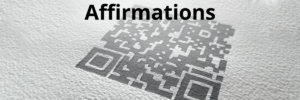
“Affirmations” is a woodblock print done in the Japanese style (木版画 or 木 版 感). I’ve
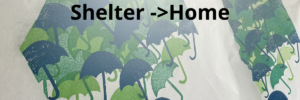
11”x14” relief print on washi paper. Mounted and matted. In the summer of 2023, I
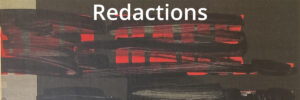
Back in 1998 I was flipping through a pile of magazines in search of material
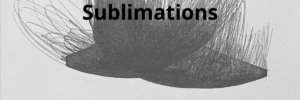
These drawings came about quite by accident. I was on a plane to Toronto in
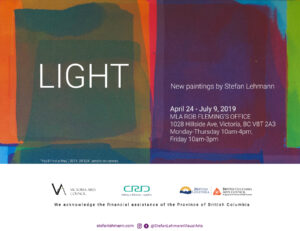
Well this is a welcome bit of news. A collection of my recent work will
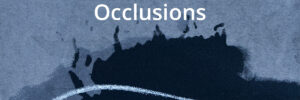
My first experience with silkscreen printing was in high school, printing rude shirts off for
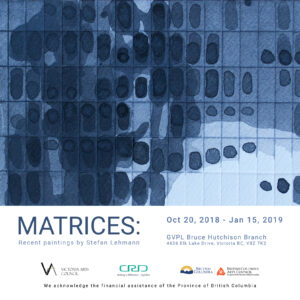
Six of my pictures from various grid series are currently on display at GVPL Bruce

Kids really are the best. They live life like they really mean every minute of
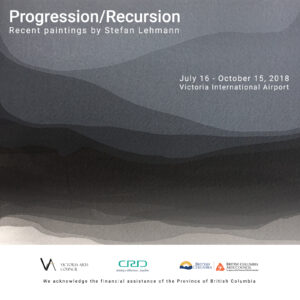
Six of my recent paintings will be going up at Victoria International Airport on Monday
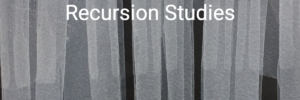
This one’s hard to explain. It’s one of those times when very disparate ideas come together.
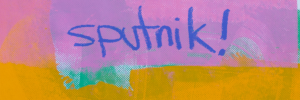
In Russian, “sputnik” means “Satellite”, or “Fellow Traveller”. I’ve been fascinated by the story of Sputnik
Recent work
Recent posts
Past work
Recent work
Recent posts
Past work
Paintings, Prints, and Drawings
I gratefully acknowledge that the place I work is situated on the unceded lands of the lək̓ʷəŋən People, known today as the Esquimalt and Songhees Nations, who have hunted and gathered here for thousands of years, and whose relationship to the land continues to this day.